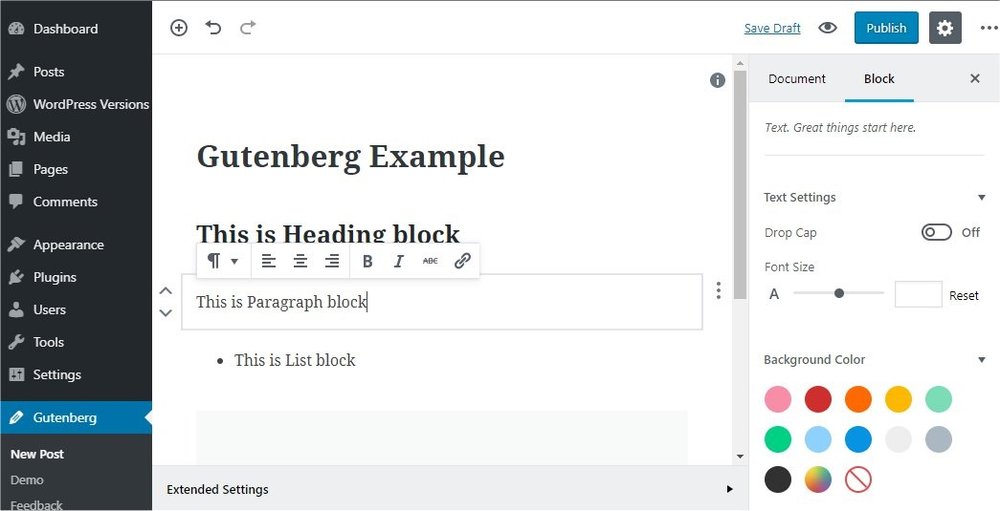Online content is often written in WYSIWYG editors – these are known as “What You See Is What You Get” because you can easily format the text to control the output on the website.
The only issue is it’s NOT what you get – the editors are isolated in their own interface, separate from the website design, complicated layouts are difficult and you have to preview the content to finally see it in place.
This is why I feel Gutenberg, the new editor released in WordPress 5.0, is the future WordPress needed.
Gutenberg moves away from the idea of content being a single component – to “blocks” which can be freely added, reordered and layout finely controlled. It opens up a world of possibilities beyond the basic features offered by the previous TinyMCE editor.
Sure there are numerous third-party “page builder” plugins that help achieve this – but without being a core part of the platform compatibility issues will always exist. You might be able to create a pretty page – but what if you want to move the content to another website or the page builder is no longer supported? You’re left with a mess of shortcodes and content which only that plugin understands.
Gutenberg becoming a native frontend editor will be a massive step forward for the estimated 75 million websites managing online content.
